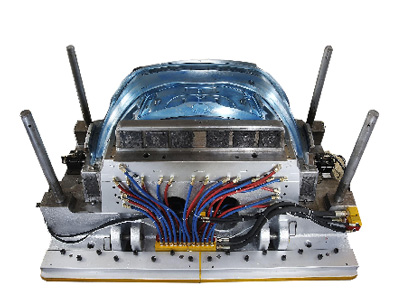The surface finish largely depends on the chemical comp […]
The surface finish largely depends on the chemical composition of the materials used and the design of the injection mold core.

1. Material selection
Each material has different physical and chemical properties. Indicators such as the melting temperature of the material also play a vital role in the surface finish of the product. The additives used in the material will also affect the surface finish of the product.
For example, if a glossy surface is required, and a crystalline resin material is used, a higher melt temperature is required to reduce roughness and increase gloss to the part. In the case of selecting additives, it is necessary to have an in-depth understanding of the materials to know which additives to add. It is worth noting that simply polishing the mold surface does not necessarily mean a high level of gloss. Factors such as mold design, molding conditions, and materials used will affect the quality of gloss.
What matters is not just the materials used. The material of the injection mold also has an important influence on the surface quality. The selected die steel needs to have a very high hardness.
2. Injection temperature and speed
The injection speed of the molten material has a great influence on obtaining an appropriate quality finish. The rapid filling of the mold cavity can reduce the visibility of the weld line and improve the surface finish and overall appearance. High injection speed, combined with higher mold and melt temperature, improves the smoothness of the surface.

Add: No.9 Hengtai Road, Tinghu Economic Development Zone, Yancheng City, Jiangsu, China
Tel: 0086-515-89806501
Fax: 0086-515-89806502
E-mail: [email protected]

 TOP
TOP